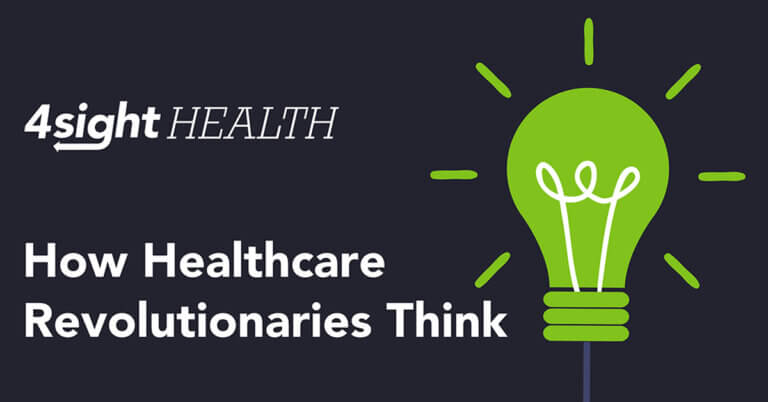March 5, 2020

Digital Health Divergence
What providers want digital health tools to do, and what patients want digital health tools to do are two different things, apparently. If that’s true, we’re no nearer to creating a healthcare system for patients than we were a decade ago. In fact, digital health tools may be pulling providers and patients further apart rather than pushing them closer together.
This digital divergence jumps off the pages of three recent reports.
- The first, released Feb. 6 by the American Medical Association, is a 37-page report titled Physicians’ motivations and requirements for adopting digital health: Adoption and attitudinal shifts from 2016 to 2019. The report, which you can download here, is based on an AMA survey of about 1,300 physicians in both 2016 and in 2019.
- The second, released Feb. 18 by the Center for Connected Medicine and HIMSS, is a 21-page report titled The future of the digital patient experience: Key findings from a survey on the adoption of digital health tools at hospitals and health systems. The report, which you can download here, is based on a CCM/HIMSS survey of 136 IT, informatics and clinical execs at hospitals and health systems.
- The third, released Feb. 20 by Navigant, is a 31-page report titled Healthcare Consumer Digital Experience Analysis. The report, which you can download here, is based on a Navigant analysis that compared the consumer digital experience of more than 1,400 hospitals and health systems on a 1,000-point scale against those of five types of industry disruptors: online provider finders, innovative payers, health retailers, urgent care and IT-enabled primary care.
I won’t go into chapter and verse of what each of the three reports says or tell you in great detail what each survey and analysis found. You can do that yourself.
But I will pull out a finding from each report that says to me that many providers are developing or adopting digital health tools to make their lives easier, not to make the lives of their patients easier.
- In the AMA report, the No. 1 reason physicians said they adopted one or more of the seven types of digital health tools asked about in the survey was efficiency, cited by 51 percent of the respondents as being “very important.” The lowest two motivators, cited by 36 percent and 35 percent of the respondents, respectively, as being “very important,” were patient convenience and patient relationship.
- In the CCM/HIMSS report, only 32 percent of the respondents agreed that their organization’s digital experience for patients is as good as the best digital experience for consumers. Yet, only 51 percent said making those experiences match was a “high” or “critical” priority.
- In the Navigant report, hospitals and health systems scored the worst (416 out of a possible 1,000 points) on consumer “findability” of their websites because they’re not following best practices for search engine optimization.
Are these things a big deal today? Probably not. But, there will come a time when patients shop for and buy healthcare services just like consumers shop for and buy things in other industries. That’s what the customer revolution in healthcare is about. If you’re building a digital front door for yourself, not many patients are going to walk through it.
To learn more on this topic, which we write a lot about, please read:
- From Feb. 13, 2020: “Not on the Same Page”
- From Jan. 22, 2020: “A Sign That Health System Leaders Are Starting to Take Their Customers Seriously”
- From Jan. 8, 2020: “What Digital Health Technologies Investors Are Betting On”
- From Nov. 26, 2019: “Trying to Wake Up Patient Engagement”
- From Nov. 14, 2019: “Embracing the Digitally Disconnected Patient”
- From Feb. 26, 2019: “Digital Disillusionment: Are We There Yet?”
Thanks for reading and following along.





